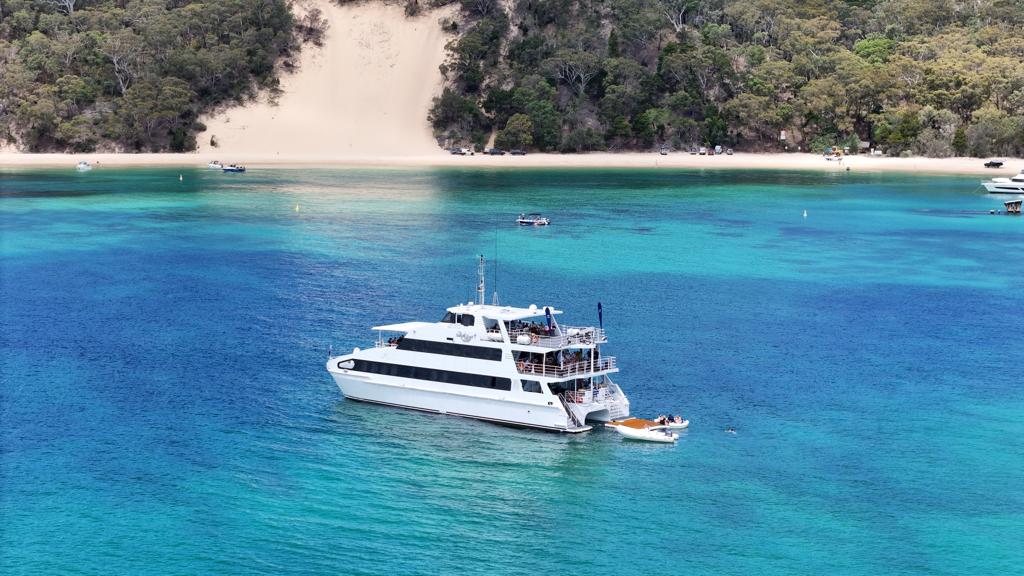Wind patterns significantly influence yacht charter experiences by affecting vessel stability, activity feasibility, plus guest comfort throughout maritime adventures. Understanding wind impacts enables better charter planning while setting realistic expectations about weather-dependent activities that define successful yacht experiences. yacht booking dubai operations encounter diverse wind conditions that range between calm periods ideal for water sports to stronger winds that enhance sailing experiences while potentially limiting certain recreational activities. Wind assessment is essential for optimising charter itineraries and guest satisfaction during varying weather conditions.
Sailing performance factors
- Wind speed directly affects sailing yacht performance, with optimal conditions typically occurring between 10-20 knots that provide exciting sailing without excessive heel or discomfort. These moderate winds enable efficient passage making while maintaining guest comfort during sailing activities.
- Wind direction relative to planned routes determines sailing efficiency plus comfort levels when courses align favorably with prevailing winds versus challenging upwind conditions that create uncomfortable motion plus extended passage times.
- Sustained wind patterns enable reliable sailing conditions that support confident itinerary planning, while variable winds require flexible scheduling plus alternative route planning that accommodates changing conditions throughout charter periods.
Water sports impact assessment
Light wind conditions (under 10 knots) create optimal circumstances for water skiing, wakeboarding, and swimming activities requiring calm water surfaces for safety and enjoyment. These conditions enable comprehensive water sports programs without weather-related limitations.
Strong winds (over 25 knots) often restrict water sports activities due to safety concerns, uncomfortable water conditions that affect guest enjoyment, and equipment operation. Understanding wind limitations helps manage guest expectations while ensuring safety.
- Calm conditions enabling safe diving, snorkelling, plus swimming activities without current complications
- Light winds supporting water skiing, wakeboarding, plus paddleboard activities in comfortable conditions
- Moderate winds provide exciting sailing, plus wind-powered sports, while maintaining safety standards
- Strong winds are limiting water activities while potentially enhancing sailing experiences for experienced guests
- Variable winds requiring flexible activity planning, plus alternative entertainment options
Wind-powered activities, including sailing dinghies, windsurfing, and kiteboarding, require specific wind ranges that excite and maintain safety margins for recreational participation.
Comfort level considerations
Sea state generated by wind patterns affects guest comfort aboard yachts, with higher winds creating larger waves that increase vessel motion, plus potential seasickness. Understanding wind-wave relationships helps predict comfort levels. Anchor holding capabilities depend upon wind strength and direction, which determine anchoring safety and guest comfort during overnight periods. Strong winds may require protected anchorages or marina accommodations. Outdoor dining feasibility depends upon wind conditions that affect table service, food presentation, plus guest comfort during meals. Excessive winds may necessitate indoor dining alternatives, while calm conditions enable elegant alfresco experiences.
Guest education opportunities
Weather explanation helps guests understand wind effects while building appreciation for maritime dynamics, plus seamanship skills. Educational discussions enhance charter experiences while building weather awareness. Sailing instruction becomes more relevant during optimal wind conditions when guests can experience proper sailing techniques while learning about wind utilisation plus yacht performance optimisation.
Mother Nature writes the rules at sea; wind is her favourite pen. Smart charter guests don’t fight these natural forces—they dance with them. When you respect the wind’s power while understanding its patterns, you discover that some of sailing’s most exhilarating moments come not from perfect conditions, but from adapting brilliantly to whatever the sky delivers.












